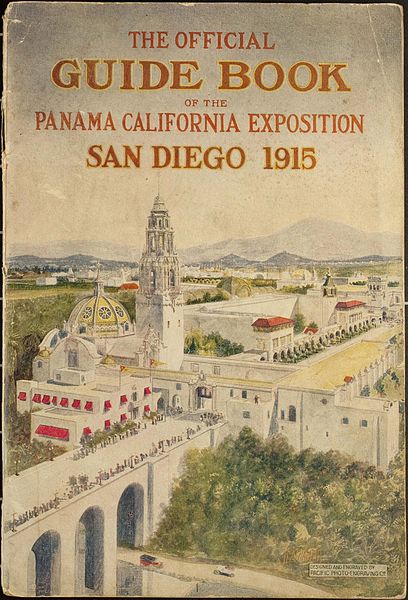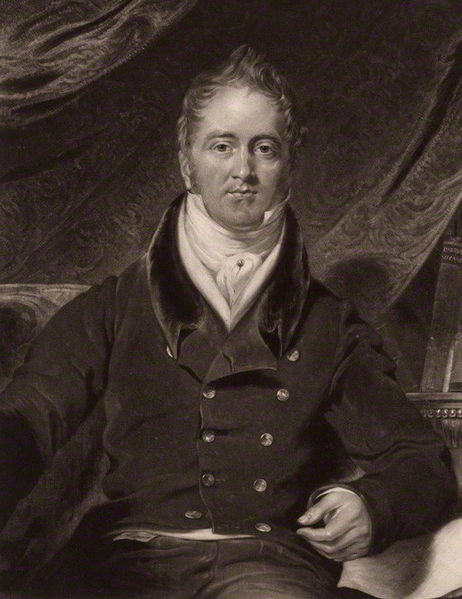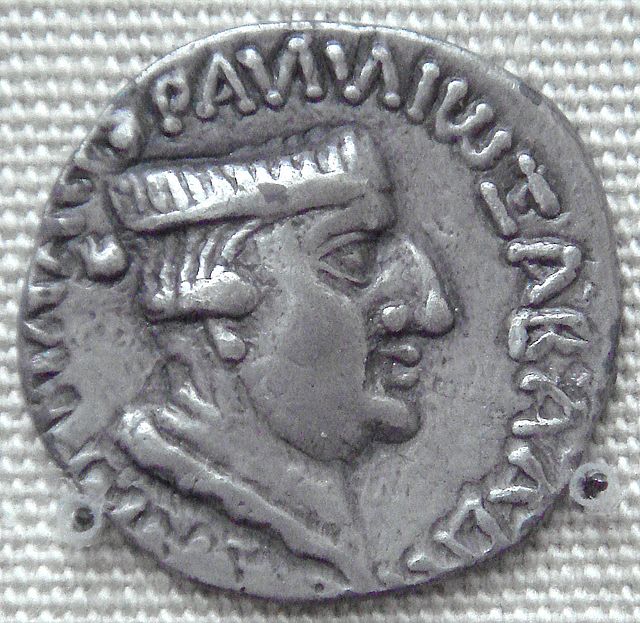A guide book or travel guide is "a book of information about a place designed for the use of visitors or tourists". It will usually include information about sights, accommodation, restaurants, transportation, and activities. Maps of varying detail and historical and cultural information are often included. Different kinds of guide books exist, focusing on different aspects of travel, from adventure travel to relaxation, or aimed at travelers with different incomes, or focusing on sexual orientation or types of diet.
A guide book to the 1915 Panama–California Exposition
An assortment of guide books in Japan
A Japanese tourist consulting a tour guide and a guide book from Akizato Ritō's Miyako meisho zue (1787)
John Murray
Periplus of the Erythraean Sea
The Periplus of the Erythraean Sea, also known by its Latin name as the Periplus Maris Erythraei, is a Greco-Roman periplus written in Koine Greek that describes navigation and trading opportunities from Roman Egyptian ports like Berenice Troglodytica along the coast of the Red Sea and others along the Horn of Africa, the Persian Gulf, Arabian Sea and the Indian Ocean, including the modern-day Sindh region of Pakistan and southwestern regions of India.
Coin of the Himyarite Kingdom, southern coast of the Arabian Peninsula, in which ships stopped when passing between Egypt and India. This is an imitation of a coin of Augustus, 1st century
Coins of king Endybis, AD 227–235. British Museum. The left one reads in Greek "ΑΞΩΜΙΤΩ ΒΑϹΙΛΕΥϹ", "King of Axum". The right one reads in Greek: "ΕΝΔΥΒΙϹ ΒΑϹΙΛΕΥϹ", "King Endybis".
Coin of Nahapana (AD 119–124). Obv: Bust of king Nahapana with a legend in Greek script "ΡΑΝΝΙΩ ΞΑΗΑΡΑΤΑϹ ΝΑΗΑΠΑΝΑϹ", transliteration of the Prakrit Raño Kshaharatasa Nahapanasa: "King Kshaharata Nahapana".
The Periplus explains that coins of the Indo-Greek king Menander I were current in Barigaza.








